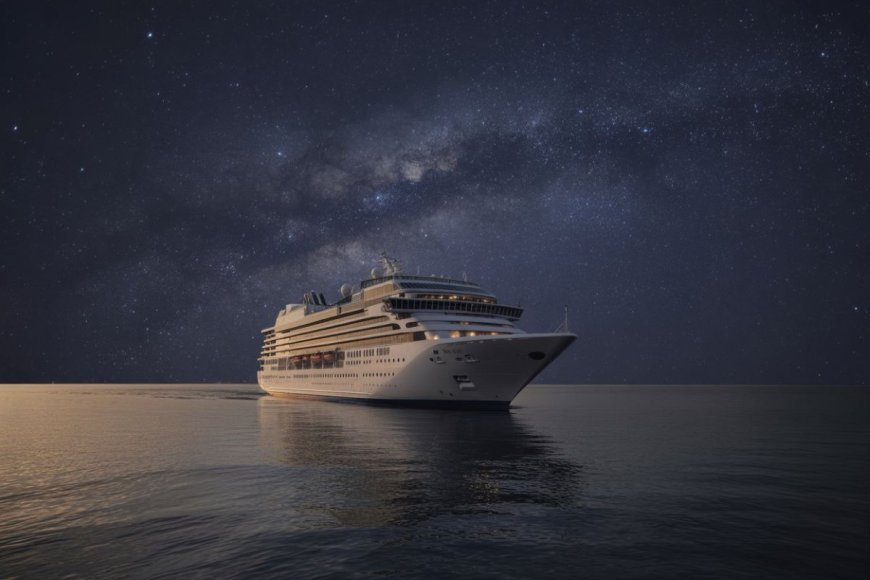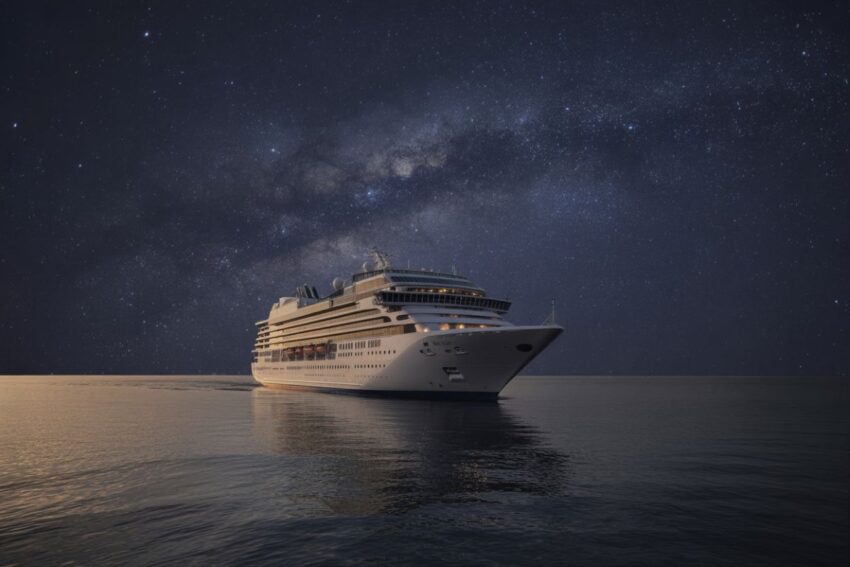China Sees Huge Boom in Cruise Passenger Volume: Japan, South Korea, Singapore and Thailand, Popular Destinations


The cruise and marine tourism industry of China has returned to pre-pandemic vigour during the first half of 2025. Data from the Ministry of Natural Resources reveals that the number of cruise passengers passing through domestic ports increased over forty percent compared to the same period last year, signalling that leisure marine travel has regained strong momentum. This rebound results from policy support, enhanced port and ship terminal networks, and a marked rise in households prioritising travel experiences.
A Record-Breaking First Half of 2025
Over the first six months of 2025, the value added by China’s marine tourism sector reached a staggering 771.8 billion yuan (approximately US$108 billion). This figure represents an 8% year-on-year increase, which underscores the growth and stability of the sector as China emerges from the pandemic’s lingering effects on its tourism and hospitality industries.
The growth has been attributed to a combination of factors, including strong government support, an expanding fleet of vessels, and growing demand for domestic travel. Analysts have highlighted the role of coordinated port development, the relaxation of visa requirements for cruise groups, and incentive schemes for cruise operators in boosting the sector’s performance. These efforts have not only facilitated increased cruise supply but also contributed to a surge in domestic marine tourism demand.
The Role of Government Policies and Expanding Infrastructure
A key driver of this impressive growth has been China’s supportive government policies. The Ministry of Natural Resources reported that the country’s gross ocean product (GOP). It includes industries like fisheries, shipping, offshore energy, and marine recreation, which grew by 5.8% to 5.1 trillion yuan in the first half of 2025. However, it is the marine tourism sector that has seen the fastest growth, illustrating the crucial role that coastal tourism plays in China’s maritime economy.
In an effort to keep pace with this increasing demand, China’s coastal authorities have swiftly approved the development of 167,000 hectares of marine and island areas for tourism use in the first half of 2025. This includes plans for new cruise terminals and yacht berths, which will help accommodate the expanding cruise industry. Furthermore, the government’s continued investment in infrastructure is expected to help maintain the momentum of marine tourism growth throughout the year, with peak leisure travel expected in the summer and autumn months.
Domestic Cruise Hotspots in China
1. Yangtze River (Three Gorges)
The Yangtze River remains a top choice for domestic cruises, particularly the iconic Three Gorges route. Cruise lines like Century Cruises offer multi-day voyages from Chongqing to Yichang, featuring stops at Fengdu Ghost City, Shibaozhai, and the Three Gorges Dam. These cruises provide a blend of natural beauty and cultural heritage, appealing to travelers seeking a deep connection with China’s landscape and history.
2. Hainan Island
Hainan, often dubbed China’s “Hawaii,” is gaining popularity for its tropical beaches, luxury resorts, and vibrant cultural events. The island’s growing infrastructure, including the development of international cruise ports, enhances its appeal as a cruise destination.
International Cruise Destinations Popular Among Tourists from China
1. Japan
Japan continues to be a favored destination for Chinese cruise travelers, with ports like Fukuoka, Okinawa, and Nagasaki being prominent stops. The country’s rich cultural heritage, modern attractions, and proximity to China make it an attractive option. Cruise lines such as Viking Cruises offer itineraries that include multiple Japanese ports, providing immersive experiences for travelers.
2. South Korea
South Korea’s ports, including Jeju Island and Busan, are popular among Chinese cruise tourists. The country’s blend of traditional culture and modern amenities, along with its proximity to China, make it a convenient and appealing destination.
3. Singapore
Singapore’s status as a global cruise hub continues to attract Chinese travelers. The city’s modern infrastructure, luxury shopping, and cultural attractions make it a desirable stop on Southeast Asian cruise itineraries.
4. Thailand
Thailand’s ports, such as Bangkok and Phuket, remain popular among Chinese cruise tourists. The country’s rich cultural heritage, beautiful beaches, and vibrant nightlife offer a diverse range of experiences for travelers.
Cruise Lines Catering to Tourists of China
Several cruise lines have tailored their offerings to meet the preferences of Chinese travelers:
- Adora Cruises: A Chinese cruise line that launched the Adora Magic City, the first domestically built large cruise ship, offering voyages to ports in Japan and South Korea.
- Viking Cruises: Offers itineraries like the “Jewels of Japan & China” and “Classic China Discovery,” featuring immersive experiences and regional cuisine.
- Royal Caribbean: Operates ships like the Spectrum of the Seas, offering voyages from Shanghai to destinations including Fukuoka and Okinawa.
Cruise and Marine Tourism Boom Continues in China
Taken together, these factors have propelled the cruise segment forward, which now operates at capacity levels not seen since 2019. Government incentives, coupled with strategic investments in berth capacity and onboard offerings, have improved the travel product and attracted a wider traveller base. The domestic market alone is expected to contribute the bulk of future demand, though regional and international feeder routes will enhance connectivity. With momentum sustaining through seasonal peaks and anticipated policy alignment on travel and border protocols, China’s coastal tourism is positioned for robust and sustained expansion.
The post China Sees Huge Boom in Cruise Passenger Volume: Japan, South Korea, Singapore and Thailand, Popular Destinations appeared first on Travel And Tour World.






